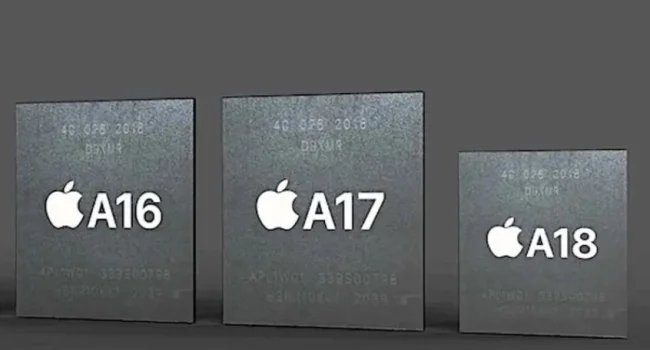iPhone 17 won’t use 2nm chipset
- July 16, 2024
- 0
The iPhone 17 series was already being talked about before the iPhone 16 series was even released. The iPhone 17 series was previously expected to feature a 2nm
The iPhone 17 series was already being talked about before the iPhone 16 series was even released. The iPhone 17 series was previously expected to feature a 2nm

The iPhone 17 series was already being talked about before the iPhone 16 series was even released. The iPhone 17 series was previously expected to feature a 2nm chipset manufactured by TSMC. While this would be great news for the iPhone 17 series, it is reportedly not possible due to technological limitations.
The news comes from Weibo tipster “Mobile Chip Expert” (translated), who claims that 2nm chips won’t be ready for mass production until the end of 2025. The tipster said that 2nm chips won’t be available until 2025. iPhone 18 series. So that means the iPhone 17 series will continue to use TSMC’s 3nm process.
TSMC plans to start mass production of 2-nanometer chips next year, but many Taiwanese media outlets reported that the company is accelerating the process to ensure stable production for mass production. Not to mention, Apple is the main customer of the contract manufacturer. The company has a significant production capacity of TSMC’s Apple Silicon chips and high-end technology nodes for smartphones. For example, in 2023, Apple acquired all of TSMC’s 3-nanometer chips for iPhone, iPad, and Mac production.
TSMC’s 2nm process node is expected to deliver a 10-15% speed increase at the same power consumption, or a 25-30% reduction in power consumption at the same speed, compared to chips using the company’s 3nm process.
The current A17 Pro chip (powered by the iPhone 15 Pro models) is manufactured using the company’s first-generation 3nm process, while the newer M4 chip (which powers the 2024 iPad Pro) is manufactured using a second-generation 3nm process.
Speaking of the iPhone 16 series, code in iOS 18 confirms that all four models will use the next-generation A18 chip, which is based on the second-generation 3-nanometer process. This is a change from the last few generations, when Apple used the previous-generation chip in the next-gen non-Pro models.
Source: Port Altele
I’m Sandra Torres, a passionate journalist and content creator. My specialty lies in covering the latest gadgets, trends and tech news for Div Bracket. With over 5 years of experience as a professional writer, I have built up an impressive portfolio of published works that showcase my expertise in this field.